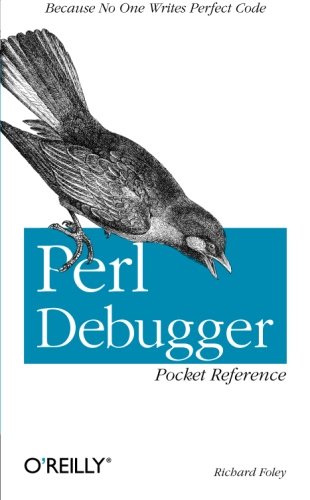
Thus, the aim of this study was to develop a web application, known as PanWeb, that serves as a graphical interface for PGAP.
PERL DEBUGGER SOFTWARE
Among these software tools, PGAP was developed in the Perl scripting language and its reliance on UNIX platform terminals and its requirement for an extensive parameterized command line can become a problem for users without previous computational knowledge. Currently, there are many tools that can perform pan-genomic analyses, such as PGAP (Pan-Genome Analysis Pipeline), Panseq (Pan-Genome Sequence Analysis Program) and PGAT (Prokaryotic Genome Analysis Tool). In pan-genomics, various organisms of the same species or genus are compared. Thus, a new approach to comparative genomics, termed pan-genomics, was developed.

deposited prokaryote genomes has enabled the investigation of several genomic characteristics that are intrinsic to certain species. Moreover, the exponentially growing number of. In comparative genomics, the genetic material of an organism is directly compared to that of another organism to better understand biological species.

With increased production of genomic data since the advent of next-generation sequencing (NGS), there has been a need to develop new bioinformatics tools and areas, such as comparative genomics. You’ll use tracing abilities to find out where elements of your program were called from and with what arguments.
PERL DEBUGGER HOW TO
In particular, the next chapter takes a look at how to approach debugging programs using the tracing facilities of the Perl debugger. The rest of the book concentrates less on fixing a particular problem, and more on learning the various techniques available. You know how to do this in a reliable and predictable sequence, suitable for a production environment. Additionally, you can take a modified source file and find the differences between it and the original, before finally applying the fixes to the original file. Rather than remaining at the mercy of your code, whether you wrote it or because you are now responsible for maintaining it, you can now use a number of different techniques to completely inspect, instruct, change, and control its execution and behavior. You should now be able to approach any Perl debugging problem with some confidence. In this chapter you’ve learned how to use the debugger to actually enter, control, modify, and debug a simple Perl program.


 0 kommentar(er)
0 kommentar(er)
